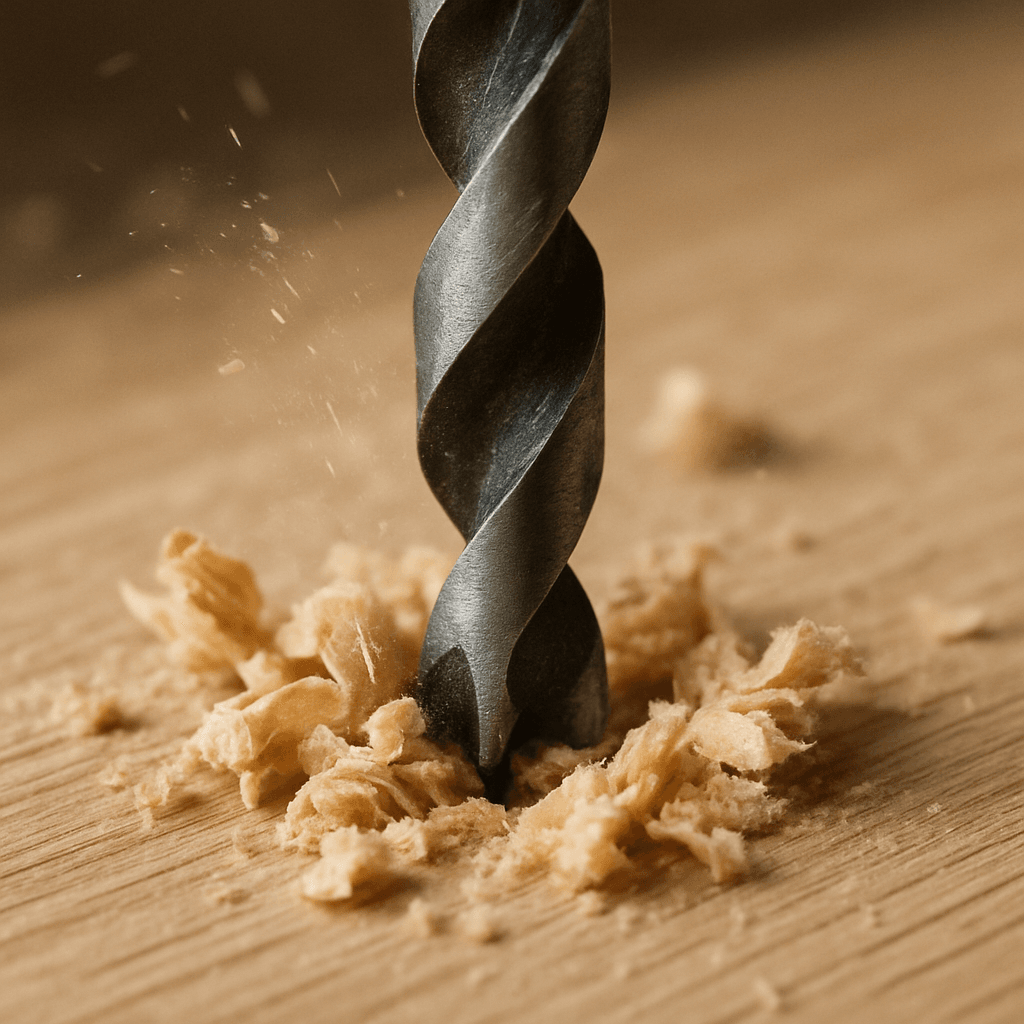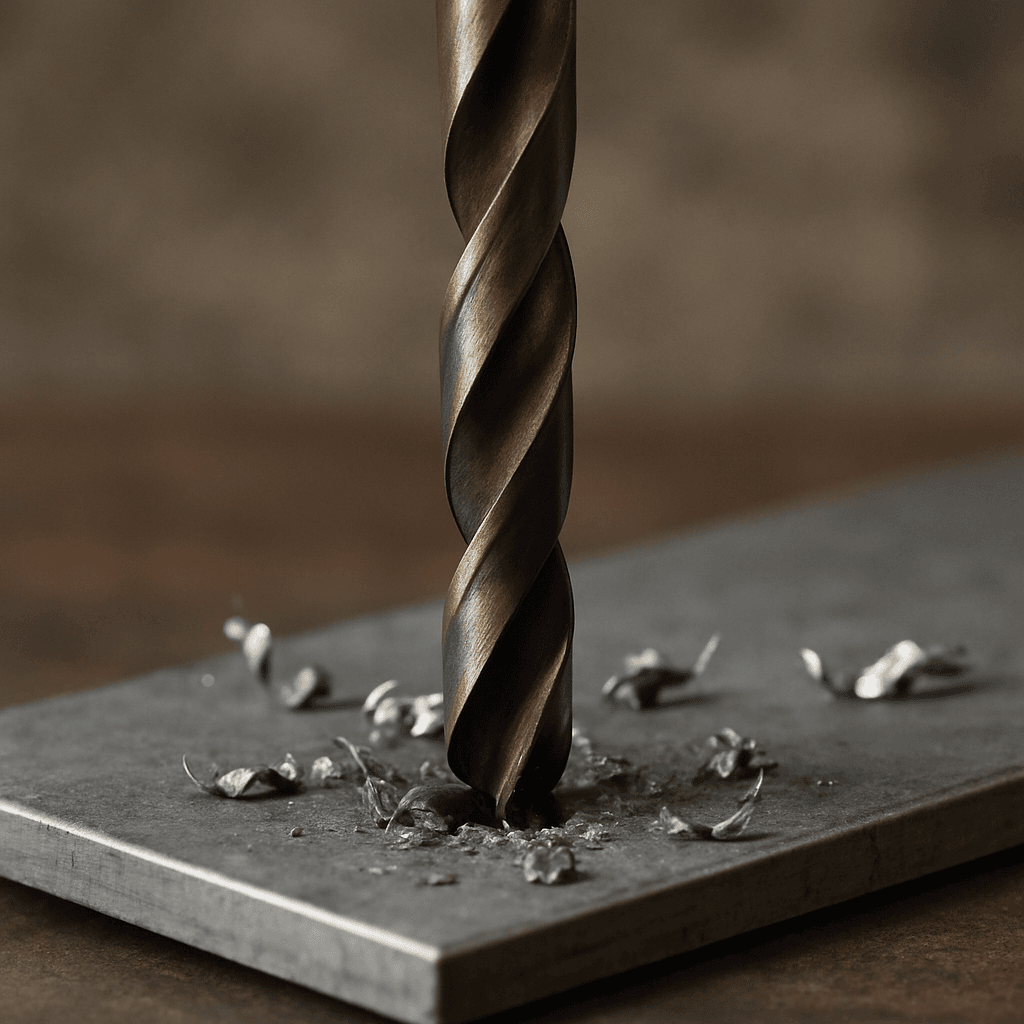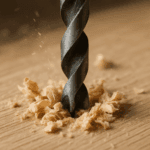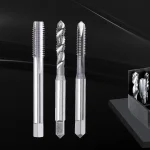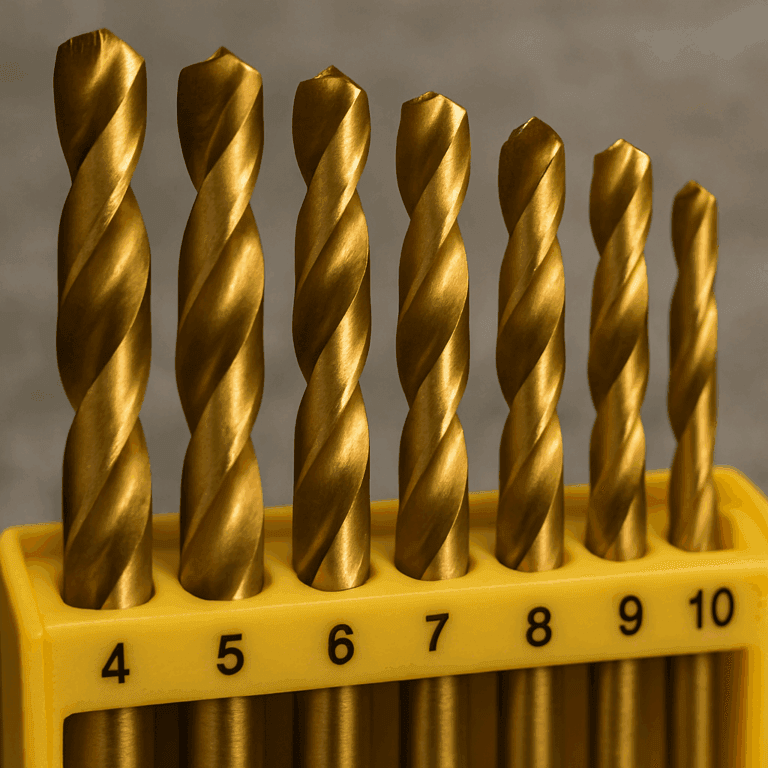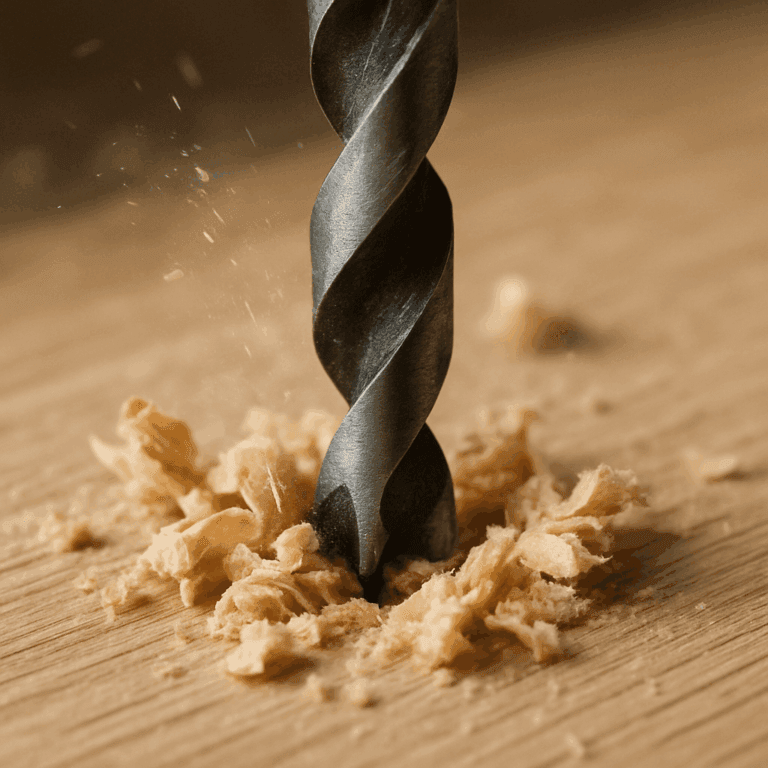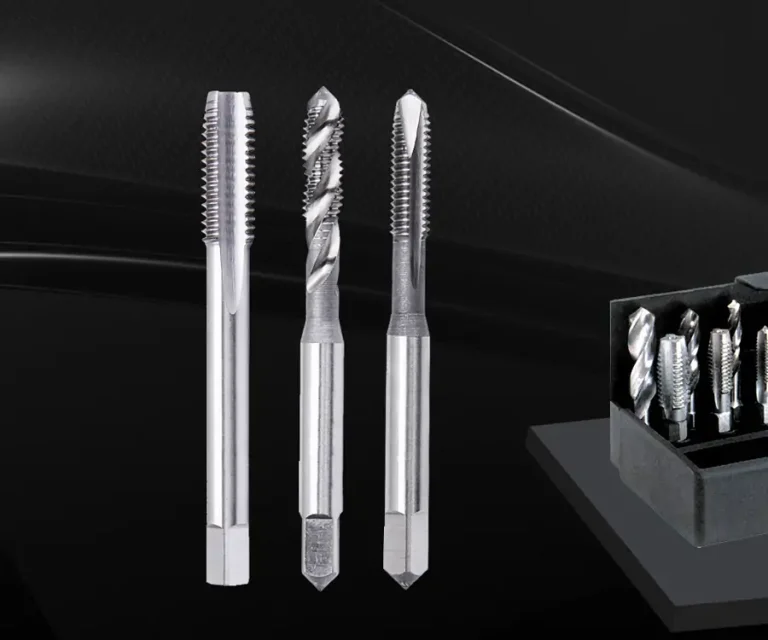Understanding the standard drill bit sizes in millimeters (mm) is essential for anyone involved in DIY projects or professional construction. Whether you’re hanging a picture frame or assembling furniture, using the right drill bit size ensures precision, safety, and a successful project outcome.
Drill bits come in various sizes and choosing the correct one can be the difference between a clean hole and a ruined project. Using the wrong size can lead to poor fit, damaged materials, or even injury. That’s why it’s crucial to understand the standard sizes and how they relate to the task at hand.
Precision in Drill Bits
Precision drill bits are designed for accuracy. When you’re working on tasks that require exact measurements, such as cabinetry or metalwork, precision drill bits are a necessity. They are often made with high-speed steel and have sharper tips for increased accuracy.
The Importance of Metric Drill Bit Sizes
Metric drill bit sizes, measured in millimeters, are commonly used around the world. Knowing these sizes can help you when working with international products or specifications, ensuring compatibility and precision in your work.
Common Drill Bit Sizes
The following are some of the most common drill bit sizes in millimeters:
- 1mm to 3mm: These small sizes are typically used for delicate tasks, such as drilling pilot holes in soft materials or working on intricate projects like jewelry making.
- 4mm to 6mm: Medium-sized bits suitable for general-purpose tasks such as assembling furniture or installing fixtures.
- 7mm to 10mm: These are often used for heavier tasks, like drilling into metal or hardwood.
- 11mm to 13mm: Larger bits used for major construction tasks, including plumbing and electrical work.
Drill Bit Size Chart
A drill bit size chart is an invaluable tool for anyone who frequently uses drills. This chart displays the various sizes available and helps you select the right bit for your task.
| Drill Bit Size (mm) | Common Uses |
|---|---|
| 1mm – 3mm | Small pilot holes, crafting |
| 4mm – 6mm | General woodwork, plastic |
| 7mm – 10mm | Metalworking, hardwood |
| 11mm – 13mm | Heavy-duty construction |
Drill Bit Measurements and Selection Guide
When selecting a drill bit, consider the material you are drilling into and the size of the hole you need. A selection guide can help you match the right bit to your task. For example, if you’re drilling into metal, a cobalt or titanium-coated bit might be necessary for durability and heat resistance.
Understanding Drill Bit Types
Drill bits come in various types, each suited for different materials and tasks. Here are some common types:
- Twist Bits: The most common type, suitable for wood, metal, and plastic.
- Brad Point Bits: Ideal for wood, these bits have a sharp point to prevent slipping.
- Masonry Bits: Designed for drilling into concrete, brick, and stone.
- Forstner Bits: Used for making clean, flat-bottomed holes in wood.
Metric vs. Imperial: A Quick Comparison
While metric drill bit sizes are measured in millimeters, imperial sizes are measured in inches. It’s important to know how to convert between the two systems if you’re working with products from different regions. For instance, a 6mm drill bit is approximately equivalent to a 15/64 inch bit.
Tips for Using Drill Bits Effectively
To ensure precision and safety when using drill bits, follow these tips:
- Select the Right Bit: Use the size chart to choose the correct bit for your task.
- Check Your Equipment: Ensure your drill is in good working condition and the bit is securely tightened.
- Use Steady Pressure: Apply consistent pressure to avoid snapping the bit or damaging the material.
- Keep Bits Sharp: Regularly sharpen your bits or replace them when they become dull.
Maintaining Your Drill Bits
Proper maintenance can extend the life of your drill bits. Store them in a dry place to prevent rust, and clean them after use to remove debris and buildup. Regular sharpening is also recommended to maintain their cutting edge.
Conclusion
Understanding standard drill bit sizes in millimeters is essential for precision and success in various projects. By familiarizing yourself with the common sizes, types, and uses of drill bits, you can ensure that your work is efficient and effective. Whether you’re a DIY enthusiast or a professional, having the right drill bit can make all the difference in your project outcomes.
For more detailed information, always refer to a drill bit size chart or selection guide to choose the best bit for your needs. With the right tools and knowledge, you can tackle any drilling task with confidence.



